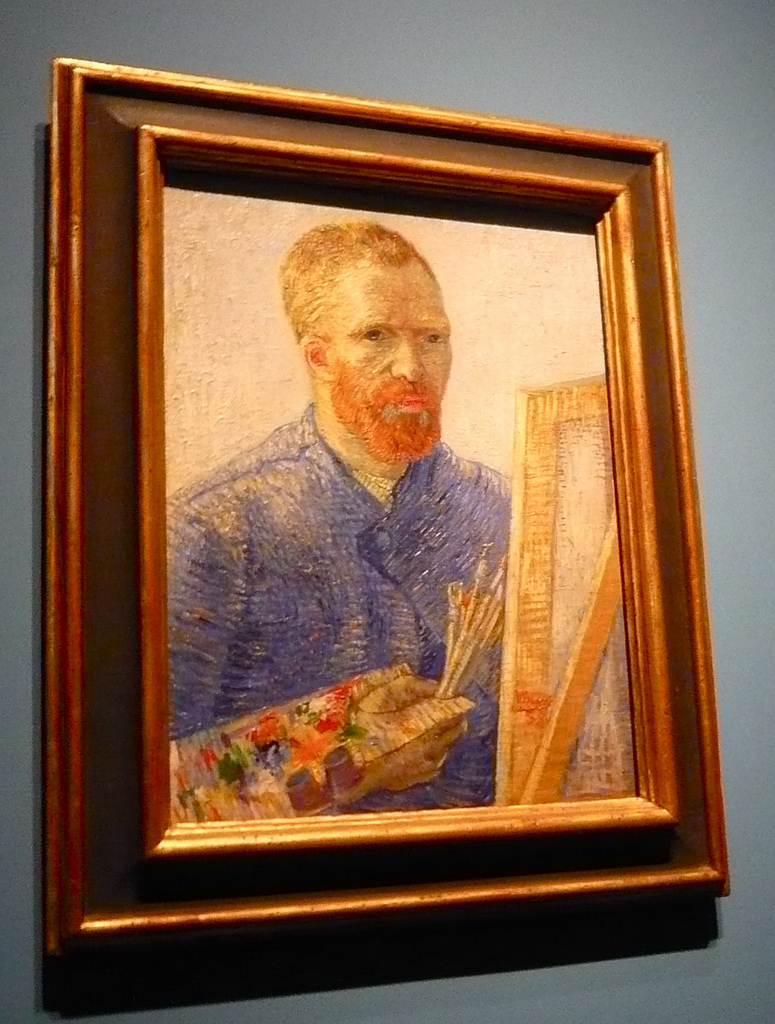AARP Hearing Center
See " Becoming Van Gogh" at the Denver Art Musuem, 100 W. 14 th Ave. Pkwy. Because this exhibit is the first of its kind in the Rocky Mountain region, advance purchase is recommended. Visit www.denverartmuseum.org.

Vincent Van Gogh set out to be an artist and in the nine years in which he produced his greatest work, he became the Van Gogh we know today.
And in the spirit of that short, but illuminant time frame, Denver Art Museum curator Timothy Standring spent seven years building Becoming Van Gogh, the coveted exhibit that runs now through Jan. 20, 2013 at the Denver Art Museum,y in Denver.
“It’s an amazing story that still sends goose bubbles,” says DAM director Christoph Heinrich.
In the beginning, Van Gogh’s studies were dark. He used pencil and murky shades. He then began studying the old masters and that is when he decided he wanted to become a real painter. He went to Paris, which at the time – the 1880s – was the hotbed for ideas.
Surrounded by creative minds, Van Gogh soon fell for Japanese art and for the first time, he understood there were more ways to look at a surface than how Europeans viewed art.
“From ’87 to ‘90, this is where he becomes probably the most influential artist for the 20 th Century,” Heinrich says. “Van Gogh is this personality of being industrious, a hard worker.”
This is when the artist becomes “larger than life.”
“His years (as an artist) are nine years and this is where he created his work, an incredible, influential work,” Heinrich says. “It’s a big moment for Denver.”
This big moment for Denver started about seven years ago, says Standring, the curator of Becoming Van Gogh. Standring obtained 80 pieces for the exhibit – 60 original works of Van Gogh and 20 pieces by others that serve as examples of work that influenced him during his time in Paris and in the South of France. The collection is made up from the collections of 60 lenders, both private and public.
Of course, the self-portraits are iconic, but important pieces like “Landscape under stormy sky” from 1889 and “Wheatfield” from 1888 are so bright and colorful, they almost seem back-lit. The exhibit takes its viewers through the stages of Van Gogh’s artistic development and every step is dynamic.
(Photo courtesy of http://www.flickr.com/photos/herry/.)































































